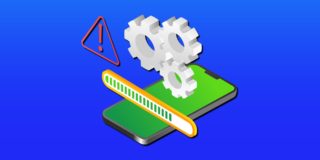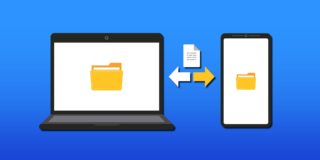How To Clear Cache On Your Samsung Galaxy J7
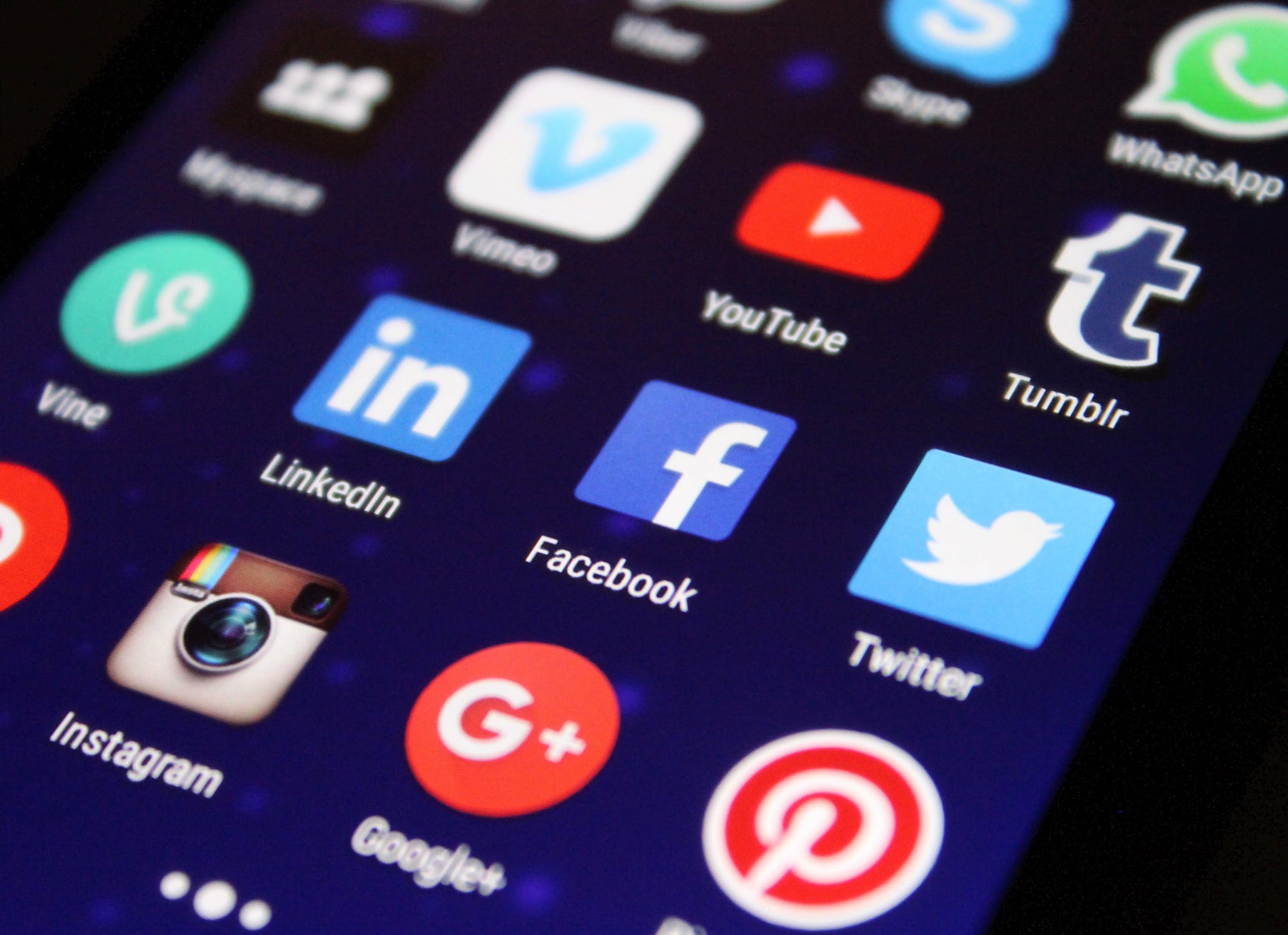
The Samsung Galaxy J7 happens to be one of those phones that offer affordability and great features, whether you have the older model or the newer 2018 version. With a fast processor, a sharp AMOLED display perfect for watching movies or reading on the go, and all-day battery life it’s easy to see why the Galaxy J7 is such a popular budget device with our readers.
Unfortunately, all smartphones develop issues over time, and that includes your Galaxy J7. Most of the time, the problem is not actually with the phone itself, but with some of the software. This can be either the operating system on the phone or more commonly, an issue with apps that have been installed on your device. A simple and effective way of dealing with software conflicts like this is to reset the phone’s cache. Let’s take a look at what cache is and how to clear it.
What is Cache?
The cache is a type of memory in your phone where the operating system and apps store information they use to do their jobs. The Samsung Galaxy J7 has two different types of cache.
The first is the app cache and the other is the system cache. All the apps on the Galaxy J7 have their own cache. This cache allows for the temporary data to be stored for better help when switching between apps. The system cache on the Galaxy J7 does the same thing, but for the Android software instead of each individual app. When there are issues with apps crashing or freezing, it’s often caused by conflicting information within the cache files, and so clearing them out can give you a fresh start and make everything work again.
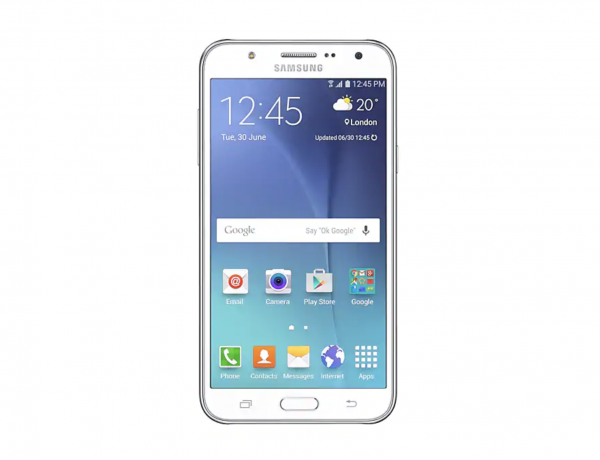
Clearing the App Cache
For problems that are just happening on one specific app, it’s best to first try to clear the app cache. Now, depending on which version of software your phone is running these instructions may vary slightly. For example, those using Android 10 may see ‘Apps’ in their settings whereas those running older versions may see ‘Application Manager.’ You can clear the app cache by following these instructions:
- Turn on your Samsung Galaxy J7
- Go to the home screen and select the app icon.
- Then select the settings icon.
- Browse for the Application Manager.
- Display All Tabs by swiping either right or left.
- Select the app you want to delete the cache.
- Now clear the cache.
- Select Clear on the Cache option
- Select OK from the options menu.
- Restart your phone.
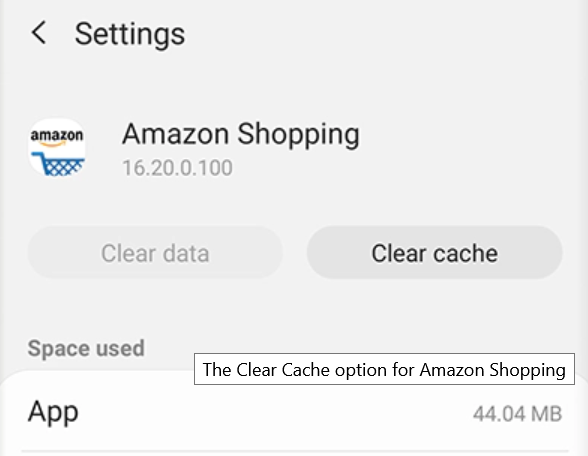
If you want to clear the app cache for all apps:
- Settings > Storage
- Select Cached Data to clear all app caches simultaneously.
- Restart your phone.
Don’t select Clear Data unless you want to lose all the information that app stores, like your user name, passwords, game progress, preferences, settings and anything else of that nature.
What to do when clearing the app cache doesn’t help
If you cleared the cache of the individual apps but you still are experiencing problems with your Galaxy J7, the next step is to uninstall the troublesome app and reboot the device. If rebooting the device doesn’t help, then it’s suggested that you perform a system cache wipe, also known as clearing the cache partition on the Galaxy J7.
Clear Your Cache Partition
All in all, this is a fairly-technical procedure. If you’ve never wiped your phone’s cache partition, do proceed with caution and follow this guide closely. Wiping the cache partition of your J7 won’t wipe any user data or applications from your device. Instead, your cache partition holds any temporary data saved by the applications and software on your phone, allowing your phone to load app data faster.
Unfortunately, this information can sometimes lead to problems or issues with your phone if something goes wrong with your cache. Clearing the cache partition should fix any minor issues with your device’s usability or connection.

Start by powering your phone completely off. Once the device is off, press and hold the Home key, the Power key, and the Volume Up key. Once the words “Recovery Booting” appear at the top of your screen, you can let go of these buttons. A blue screen reading “Installing System Update” for up to thirty seconds; the display will then alert you that the system update has failed. This is normal, so don’t stress.
Let the phone sit for another few seconds, and the display will switch to a black background with yellow, blue, and white text on it. At the top of your screen, the words “Android Recovery” will appear; you’ve successfully booted into recovery mode in Android. Using the volume keys to move your selector up and down, move down to “Wipe Cache Partition” on the menu.
In the picture above (displayed on a Galaxy S7), it’s below the highlighted blue line—don’t select that option unless you want to wipe your entire phone. Once you’ve highlighted “Wipe Cache Partition,” press the Power key to select the option, then use the Volume keys to highlight “Yes” and the Power key once more to confirm.
Your phone will begin wiping the cache partition, which will take a few moments. Hold tight while the process continues. Once it’s complete, select “Reboot device now” if it isn’t already selected and press your Power key to confirm. Once your phone reboots, check your device to see if you’ve established a connection to your mobile network. If not, it’s time to move on to our final, most drastic step.
FACTORY RESET YOUR PHONE
As with most troubleshooting, the final step to fixing your device often involves a full factory data reset of your phone. While this isn’t a fun process by any means, it’s also a common method for fixing software-based issues with your Galaxy J7.

Before completely resetting your device, however, you’ll want to back your phone up to the cloud, using a backup service of your choice. Some recommendations: Samsung Cloud and Google Drive work best with your device, but if you’re interested in using something like Verizon Cloud, that will work too.
You can also use apps like SMS Backup and Restore and Google Photos to backup your SMS messages, call logs, and photos to the cloud. You can also transfer important files or information to an SD card installed in your device; factory resets don’t clear your SD cards unless you check a specific setting.

Once you’ve backed your files up, open your settings menu and select “Backup and Reset,” found under the “Personal” category in the standard settings menu and under “General management” on the simplified layout.
This time, select the third reset option, “Factory data reset.” This will open a menu that shows every account you’ve signed into on your phone, along with a warning that everything on your device will be wiped. As mentioned above, your SD card will not be reset unless you choose to select the “Format SD card” option at the bottom of your menu; whether you want to do so is up to you, but it isn’t necessary for this process.
Before selecting “Reset phone” at the bottom of this menu, make sure your phone is either plugged-in or fully charged. A factory reset can use a large amount of power and can take upwards of half an hour, so you don’t want your phone dying during the process.
Once you’ve confirmed your device is either charging or charged, select “Reset phone” at the bottom of your screen, and enter your PIN or password for security verification. After this, your phone will begin to reset.
Let the device sit and complete the process; don’t mess with your J7 during this time. Once the reset is complete—which, again, can take thirty minutes or more—you’ll be booted to the Android setup display. If the factory reset has restored a connection between your phone and your carrier, you should see a data connection in the status bar on the top of your display.




